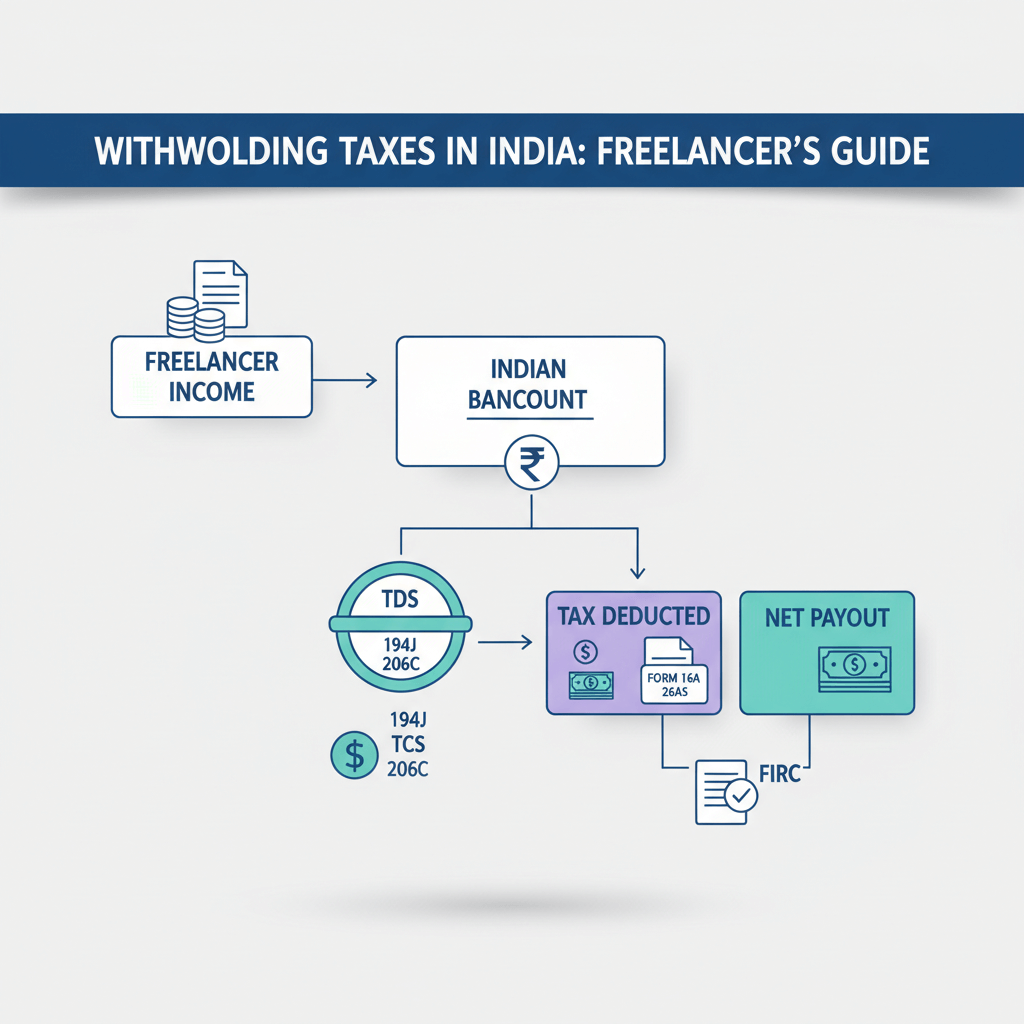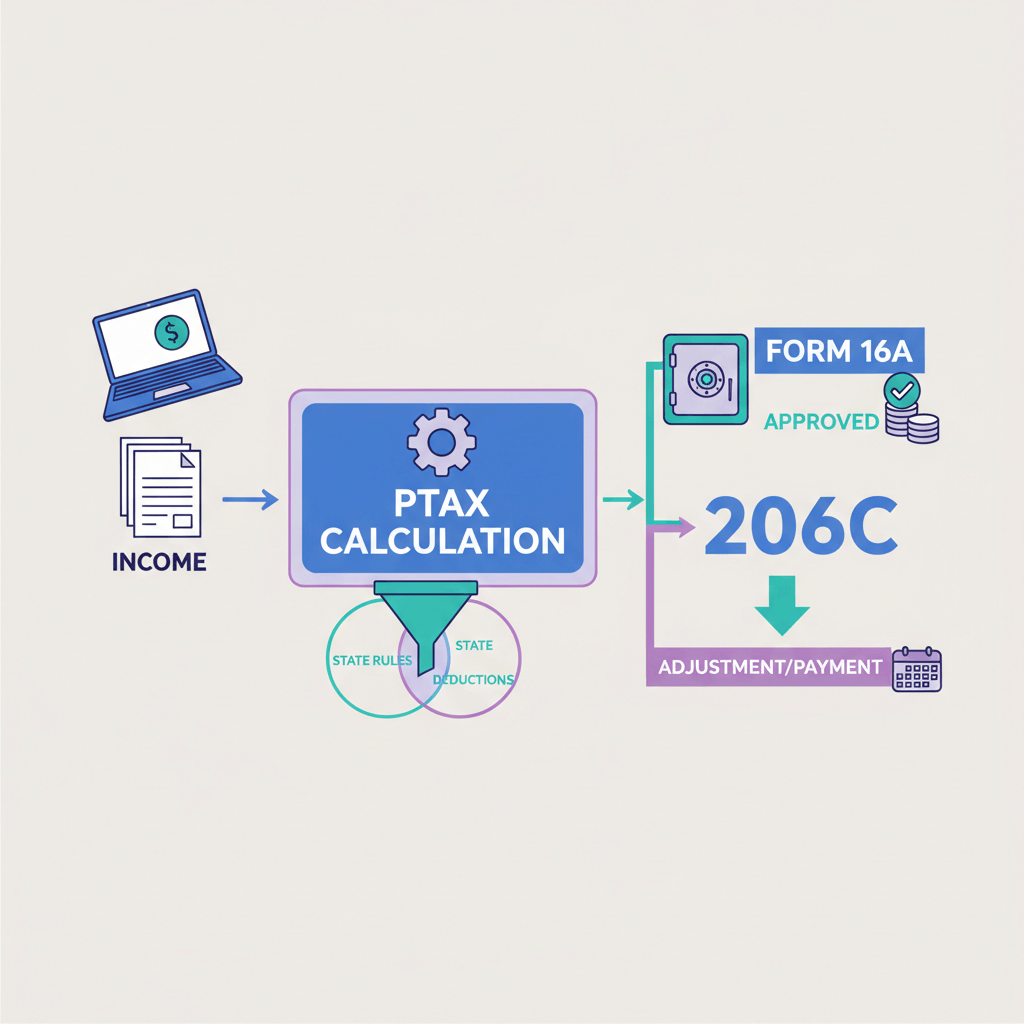Karbon simplifies compliance by generating both FIRC and BRC instantly for your foreign inward remittances.
When it comes to business outward remittance, documentation seems endless.
No wonder confusion persists over most documents, with the common query being the difference between FIRC and BRC.
What then is the difference between a Foreign Inward Remittance Certificate (FIRC) and a Bank Realisation Certificate (BRC)? Before you learn about the difference it is important to know the meaning of FIRC and BRC and understand what it is.
Let’s break it down for you.
What is an FIRC?
A Foreign Inward Remittance Certificate (FIRC) is a document issued by banks in India to confirm the receipt of foreign currency payments. It serves as proof of foreign exchange earnings for businesses and individuals, ensuring compliance with regulatory requirements and enabling access to export incentives and other benefits.
What is a BRC?
A Bank Realization Certificate (BRC) is an official document provided by banks in India that verifies the receipt of payment for exported goods or services in foreign currency. It is crucial for exporters as it confirms the actual inflow of foreign exchange, allowing them to claim export incentives and comply with regulations. Additionally, BRCs play a key role in maintaining accurate financial records and supporting audit processes.
Why is an FIRC and BRC mandatory for business inward remittance?
The following data act as pointers as to why these documents have been made mandatory for business inward remittances to India.
Foreign Inward Remittance Certificate (FIRC)
- Proof of Receiving Foreign Currency: FIRC shows that a business has received foreign money, which is important for keeping track of and recording these transactions.
- Following Rules: The RBI requires FIRCs to make sure all foreign money coming in follows the Foreign Exchange Management Act (FEMA) and other rules, helping to stop illegal activities like money laundering.
- Audit and Taxes: FIRCs are important for checking that foreign earnings are real and legitimate during audits. They also help businesses claim tax benefits or exemptions.
- Clear Records: FIRCs ensure that there is a clear and accurate record of all foreign money received, which is necessary for audits.
- Statistics: FIRCs provide important data for creating statistics on foreign money received, which helps in economic planning and policy making.
Bank Realization Certificate (BRC)
- Confirming Export Payments: BRC is given by banks to confirm that the payment for exported goods or services has been received in foreign currency. This is important for exporters to prove they got paid.
- Qualifying for Export Benefits: The Indian government offers various benefits to exporters, like duty refunds and special schemes. Businesses need to submit BRCs to get these benefits.
- Following FEMA Rules: BRC ensures that foreign earnings are being brought back to India according to FEMA regulations.
- Data and Monitoring: BRCs help collect data on foreign earnings, which is used by the government to monitor foreign trade and make policies.
- Stopping Illegal Activities: Proper documentation and verification of foreign payments help the RBI prevent illegal activities like money laundering and terrorism financing.
#1 Difference between FIRC and BRC: Purpose
- IRC (Foreign Inward Remittance Certificate): This certificate validates the receipt of foreign currency into India. It is crucial for various purposes such as receiving foreign investments, export payments, educational funding, and gifts.
- BRC (Bank Realization Certificate): This certificate confirms the realization of export earnings in foreign currency into India. It is essential for claiming export incentives, complying with regulatory requirements, and documenting foreign exchange earnings from exports.
#2 What are BRC and FIRC in GST refund?
In the context of GST (Goods and Services Tax) refunds, both BRC (Bank Realization Certificate) and FIRC (Foreign Inward Remittance Certificate) serve specific purposes:
- BRC (Bank Realization Certificate):s
- BRC is issued by banks to exporters, confirming receipt of payment in foreign currency for goods or services exported from India.
- It is essential for verifying export realization, a prerequisite for claiming GST refunds on exports.
- BRC ensures that foreign exchange earnings have been repatriated into India.
- FIRC (Foreign Inward Remittance Certificate):
- FIRC is issued by banks to recipients of inward remittances from abroad, certifying the receipt of foreign currency into India.
- In GST refund processes, FIRC may be required to substantiate foreign currency inflows used for business activities subject to GST, such as payments for imported goods/services.
- It serves as proof of foreign currency inflows into India, which can be crucial for GST refund claims related to imports or foreign transactions.
#3 FIRC vs BRC: Usage
#4 FIRC vs BRC: Issuing Authority
FIRC (Foreign Inward Remittance Certificate):
- Issuing Authority:
- Issued by: Indian banks.
- For Recipients of foreign remittances, which can be individuals or entities receiving funds from abroad.
BRC (Bank Realization Certificate):
- Issuing Authority:
- Issued by: Indian banks.
- For Exporters, referring to individuals or businesses exporting goods or services from India.
In summary, both FIRC and BRC are issued exclusively by Indian banks. FIRC is issued to those receiving foreign remittances, while BRC is issued to exporters documenting the realization of export proceeds.
#5 FIRC vs BRC: Validity
FIRC (Foreign Inward Remittance Certificate):
- Validity:
- Issued by Indian banks to recipients of foreign remittances, validating the receipt of foreign currency into India.
- Typically valid for a specific period, often aligned with the purpose of the remittance (e.g., investment, payment for imported goods/services).
- Renewal may be required based on the duration of the business arrangement or specific banking regulations.
- Important for maintaining accurate records of foreign currency inflows into India for business activities such as investments, trade payments, or operational funding.
BRC (Bank Realization Certificate):
- Validity:
- Issued by Indian banks to exporters, certifying the realization of export proceeds in foreign currency into India.
- Validity period is governed by regulatory guidelines and varies based on the specific export transaction.
- Renewal procedures may be necessary for exports with extended realization timelines.
- Essential for claiming export incentives, complying with foreign exchange regulations, and demonstrating the repatriation of export earnings back into India.
#6 FIRC vs BRC : Role in Taxation
FIRC (Foreign Inward Remittance Certificate):
- Role in Taxation:
- Documentation: FIRC proves that a business received foreign money in India for things like investments or paying for imported goods and services.
- Tax Reporting: It helps businesses report correctly on their taxes by showing how much foreign money they received and how they used it.
- Tax Deductions: Businesses can use FIRC to claim tax deductions for expenses covered by foreign money, helping them reduce their taxable income.
- Compliance: Using FIRC ensures businesses follow tax rules by showing proof of foreign money received and used in their operations.
BRC (Bank Realization Certificate):
- Role in Taxation:
- Documentation: BRC confirms that a business received payment in foreign currency for goods or services exported from India.
- Tax Incentives: It helps businesses claim government benefits and incentives for exports, which can affect how much tax they owe.
- Tax Compliance: BRC proves to tax authorities that the business earned money from exports and brought it back into India, following tax rules.
- Audit Trail: It helps businesses keep records that tax authorities can check to make sure exports and related tax benefits are legitimate.
#7 Which is worse for compliance complexity - FIRC or BRC?
Both FIRC and BRC require rigorous regulatory compliance, but they differ in focus and complexity. FIRC compliance focuses on inward remittances and the use of foreign currency within India, while BRC compliance revolves around export earnings and financial transactions related to exports. Businesses must navigate specific regulatory requirements and maintain thorough documentation to ensure compliance with these distinct aspects of financial transactions involving foreign currency in India.











